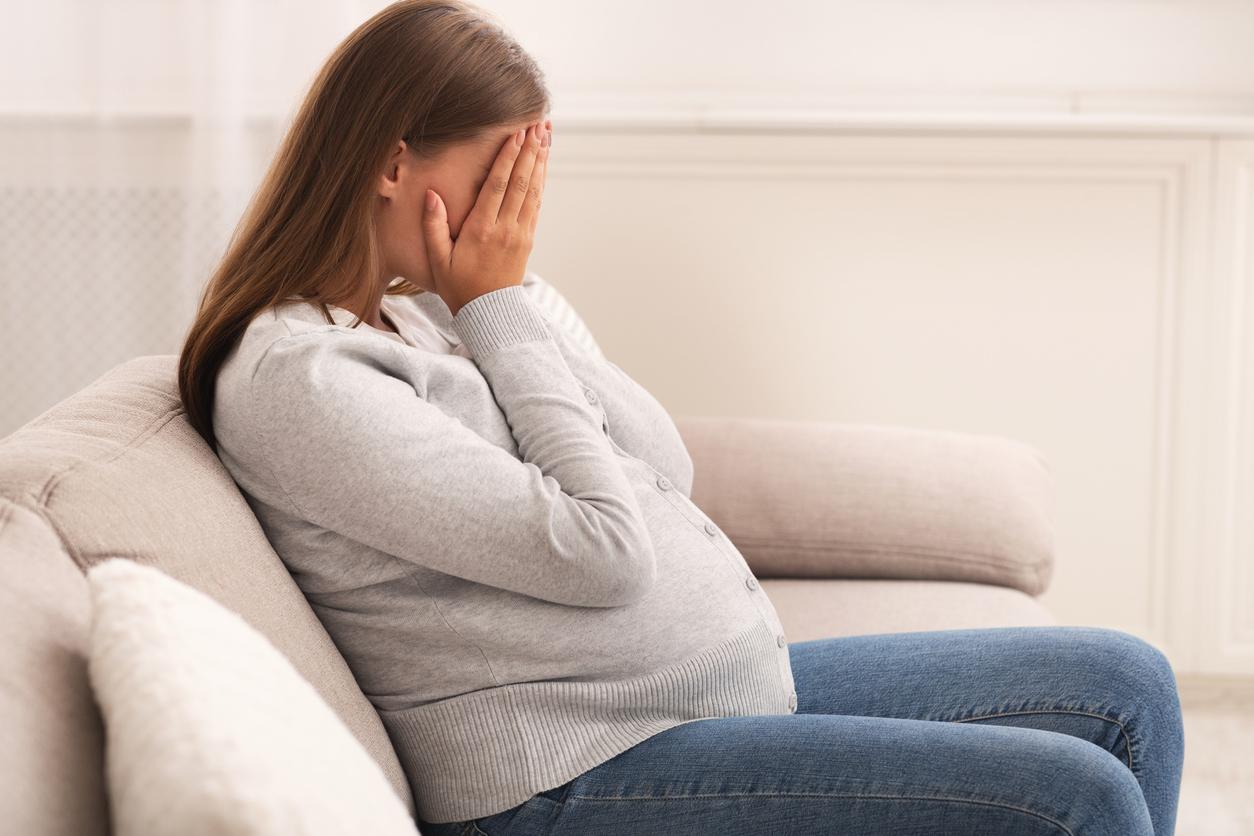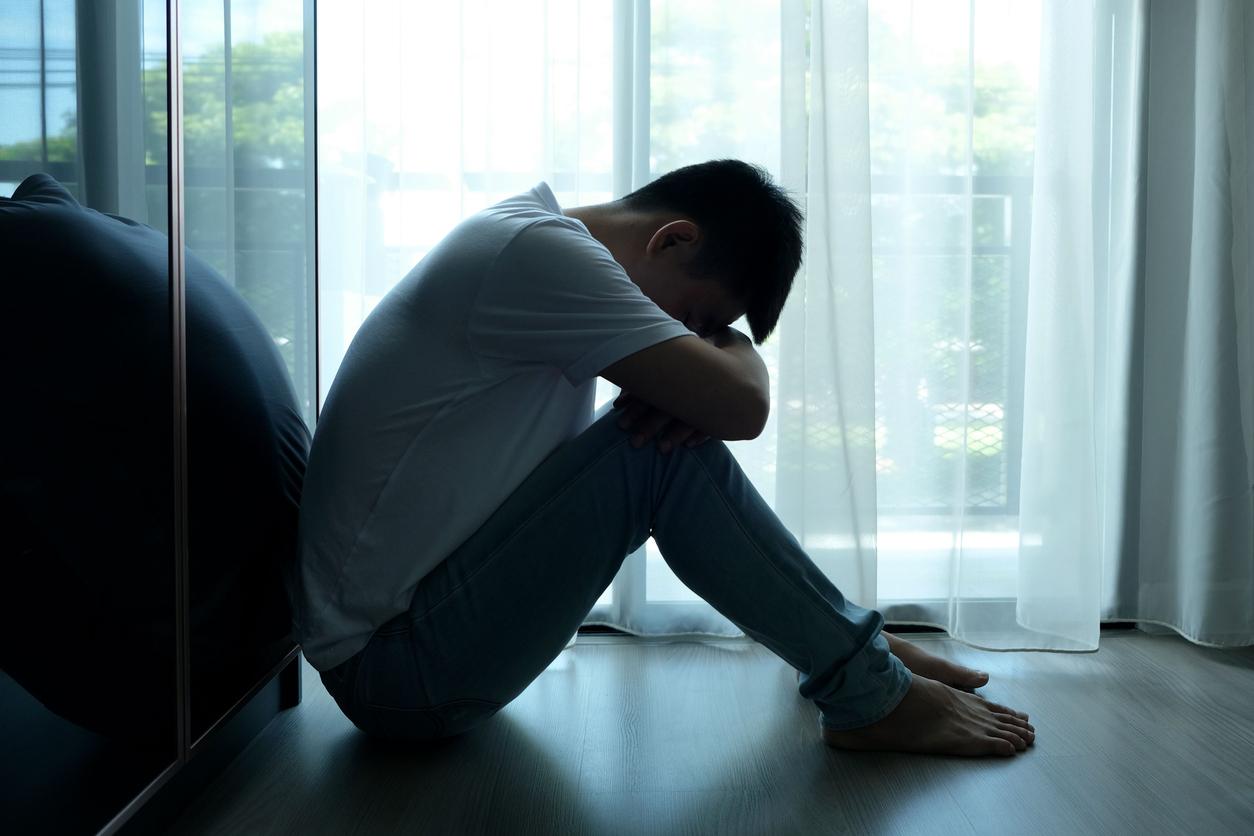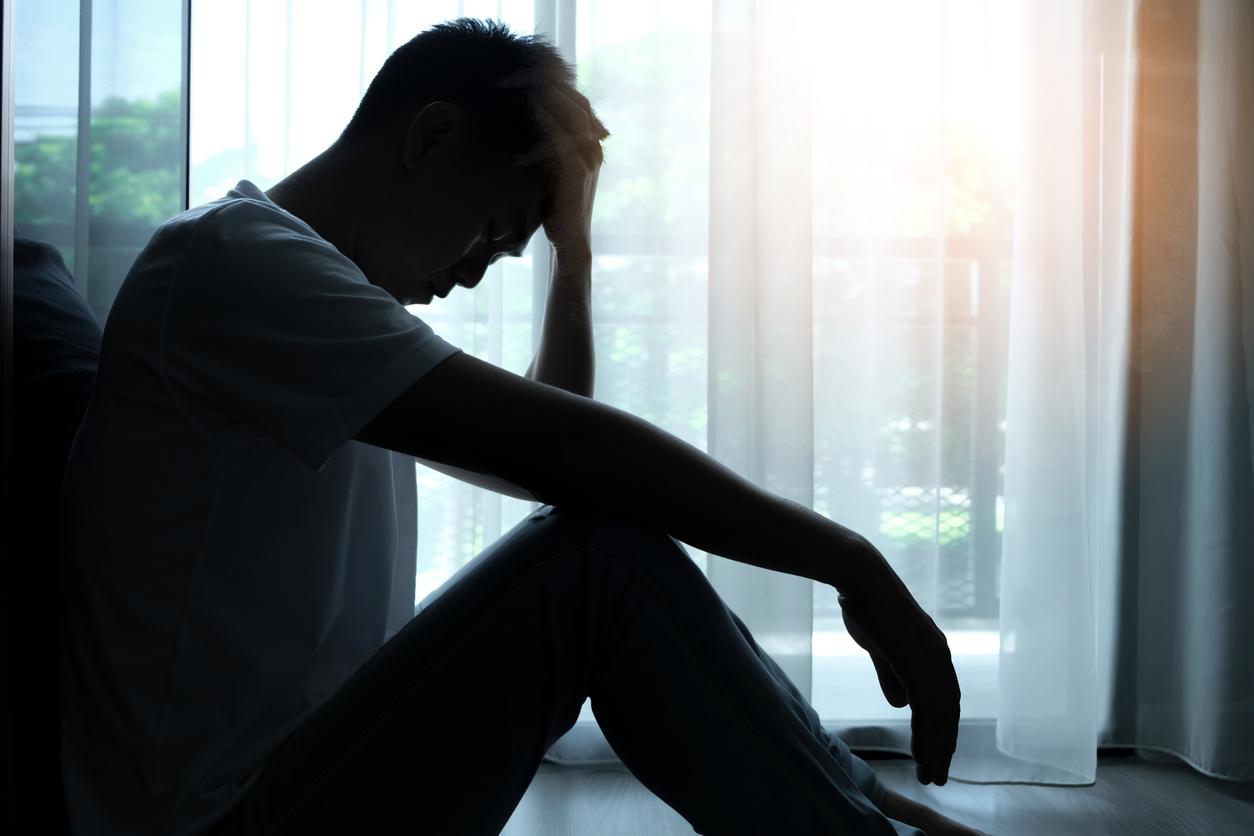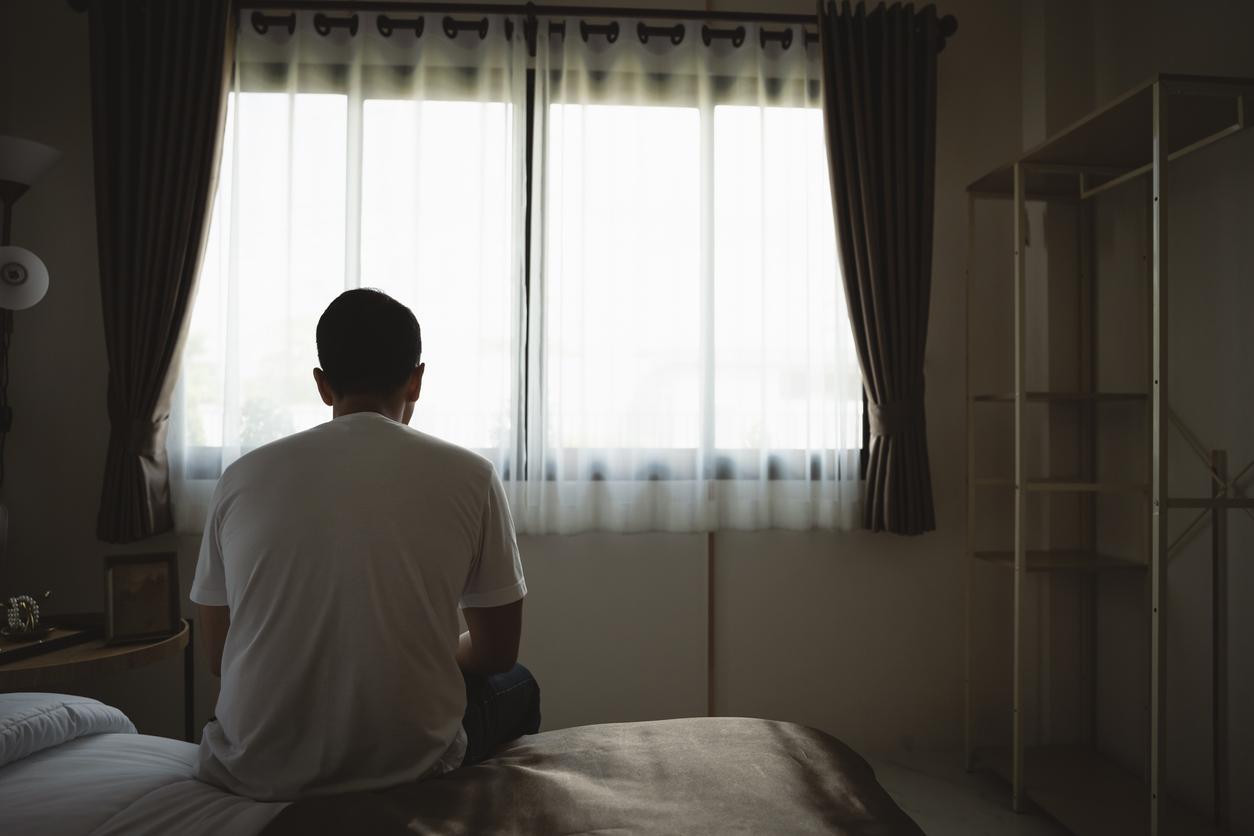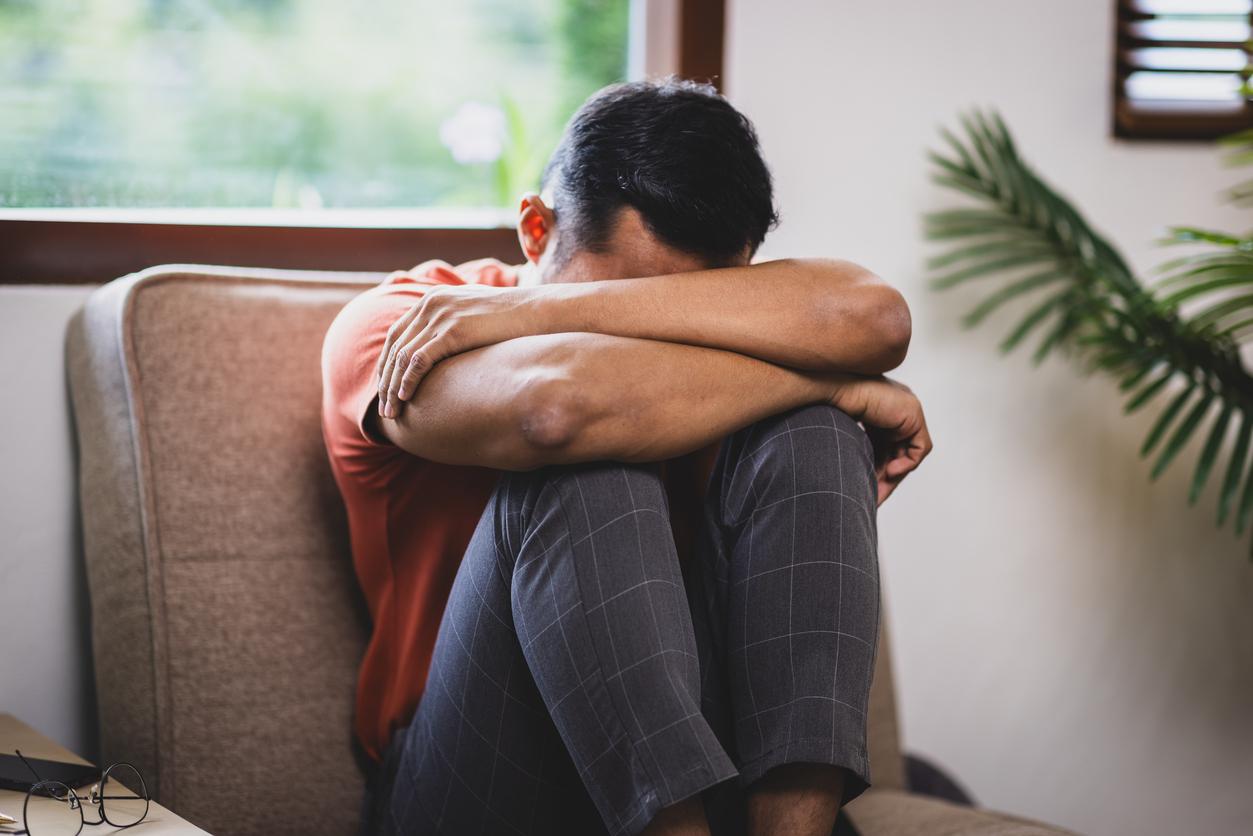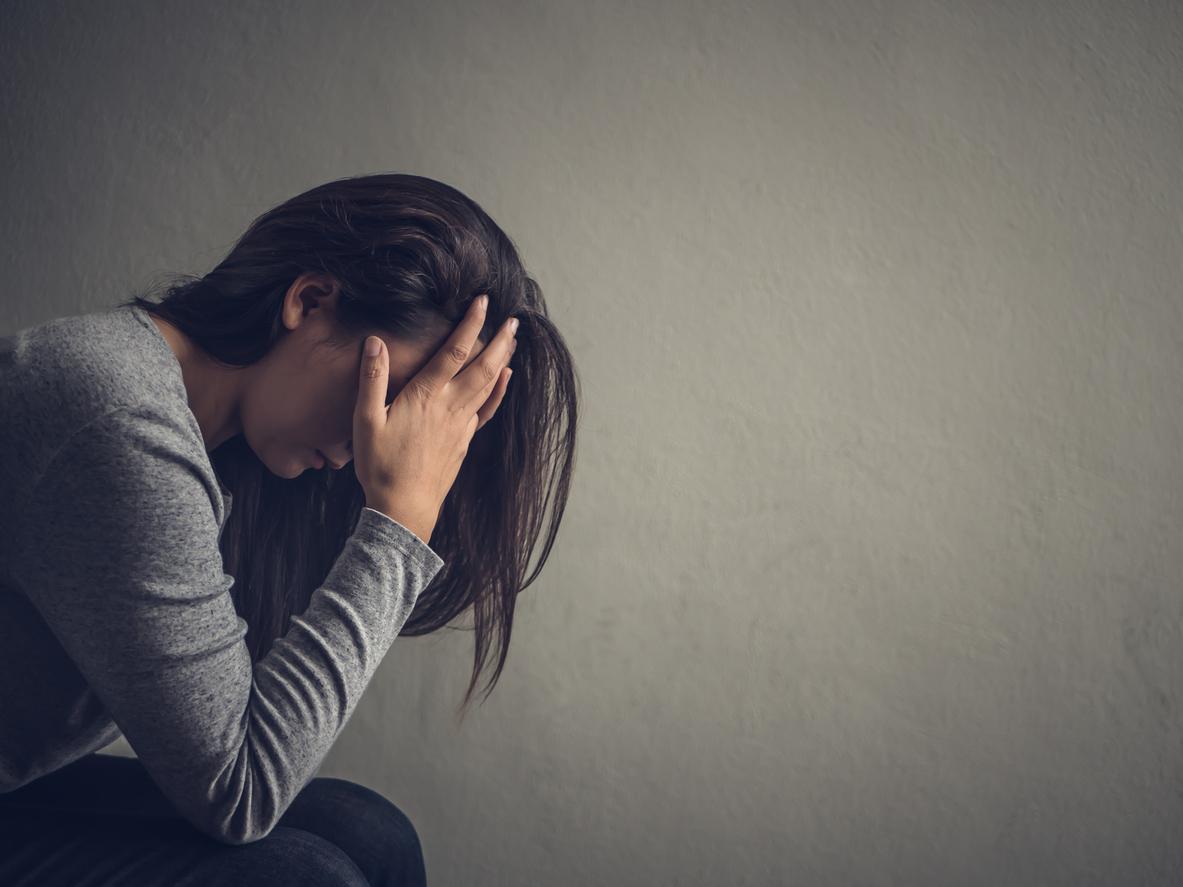Mourning, emotional breakdowns, accidents… moments of sadness are part of our life. Sadness, discouragement and even fleeting hopelessness are therefore normal experiences that should not be confused with depression.

Depression is a disease that affects how the brain works. This one is disturbed, even slowed down. In extreme cases, it is a “paralysis of thought” which does not facilitate healing. Depression is mostly characterized by abnormal sadness and loss of pleasure. Other signs may be associated but they are less valuable in differentiating it from reactive sadness. The risk of not diagnosing depression and not treating it in time is personal (suffering), social (work or family problems) and sometimes vital (suicide).
When should we talk about depression?
Depression does not designate a simple stroke of depression or temporary sadness but a real neurological disease, with disturbances in the functioning of certain circuits of the brain, at least in its most severe forms.
The main sign is “depressed mood” which leads to almost permanent sadness throughout the day and a pessimistic view of the world and of oneself. There are also ideas of worthlessness, even sometimes of despair.
This ” mood disorder »Is associated with a« psychomotor slowing down »which manifests itself by disorders of intellectual functions such as a memory deficit and disturbances in concentration and attention.
There is always a loss of pleasure and a loss of desire to do activities of daily living, even those that were usually enjoyed by the sick person: this is what psychiatrists call a ” anhedonia “.
These signs can be associated with sleep disturbances, a anxiety, a loss of appetite, weight loss and fatigue especially in the morning. The patient suffer enormously and the main risk of this suffering is the suicide.
Taken in isolation, all of these symptoms do not necessarily mean that there is depression. To evoke the diagnosis, there must therefore be several associated signs : at least a sad mood and a loss of pleasure but also: a decrease in the ability to concentrate, an intense fatigue which is not improved by rest or sleep, an alteration of the sleep which becomes not very restful, with awakenings early.
In the more severe forms of the disease, one may also experience a sense of self-worth and guilt, coupled with a feeling that it cannot get better. It is also possible to find an impression of loneliness, abandonment, worthlessness, the feeling of not being loved, a pessimistic view of life, thoughts around death in general, and sometimes around suicide, a altered appetite which can lead to slimming or weight gain and sexual disturbances: desire and sexual pleasure diminish or disappear completely. Anxiety can be a stand-alone illness, but it can also appear during depression.
How do you tell the difference between blues and depression?
It happens to everyone to feel sad or “depressed”, to have “dark thoughts” or the “blues”. It can even happen that this “snapshot” is accompanied by anxiety and difficulty sleeping. But that does not mean that you are suffering from depression. Over the course of events, in particular bereavement, moments of sadness are part of everyone’s life. Sadness, discouragement and even fleeting hopelessness are normal experiences. These mood problems should not be confused with depression.
To be able to speak of depressive illness, these mood disturbances must be well characterized, they must be associated with other signs such as a psychomotor slowing down or a lack of desire to do things (“anhedonia”) . They must also be present almost permanently over a period of at least two weeks and that they cause significant discomfort in daily life : difficulty getting up, going to work, concentrating to work, going out shopping, etc. Thus, it is possible to make a diagnosis of depression, even less than a month after bereavement : Contrary to what was said in the past, depression can exist even less than 6 months after bereavement. It is the analysis of the intensity of the signs that will allow the diagnosis to be made.
How do you diagnose depression?
It is very important to detect a first episode of depression early because depression treated late can be more difficult to treat, it can recur more easily and it can lead to complications.
The diagnosis of depression in adults can be based on the American classification of psychiatric illnesses, the DSM-5: the diagnosis is made by a combination of at least five of the following signs, including depressed mood and loss of interest or pleasure.
1. Depressed mood
2. Marked decrease in interest or pleasure
3. Loss or gain in weight or appetite
4. Insomnia or hypersomnia
5. Restlessness or psychomotor slowing down
6. Fatigue or loss of energy
7 Feelings of worthlessness or guilt
8 Decreased ability to think or concentrate or indecision
9. Thoughts of death and recurring suicidal ideation
The diagnosis of major depressive episode is typically made when the depressive episode lasts long enough (more than two weeks) with, during this period, a feeling of sadness, hopelessness and lack of desire for anything, almost every day, and for most of the day, especially if this state of suffering is associated with d ‘other signs which have repercussions on the emotional, social, professional or other important areas of life. But the depressive episode can be more or less severe, the signs more or less numerous and intense, the discomfort more or less important.
Can we avoid treating ourselves?
Depression episodes can resolve spontaneously over time in 10 to 15% of cases within a few months. Most depressive episodes last less than six months, but they are still less painful and poorer in relationships with others. But, 80% of patients with a first episode of depression will once again have at least one more episode in their life. Recurrences may therefore follow one another and the periods of improvement in the condition between depressive episodes (“periods of remission”) may become shorter and shorter. Suicide remains a risk which can conclude this development: there are more than 10,000 suicides per year in France, ie 3 times more than road accidents. When the person benefits from appropriate treatment and follow-up, the risk of recurrence of signs of depression, and the suffering associated with them, are greatly reduced. Hence the interest of early and effective management of the disease.

.








